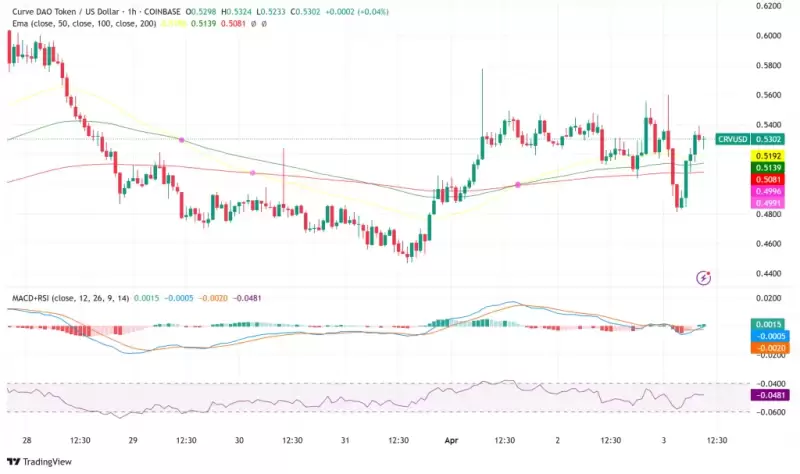 |
|
 |
|
 |
|
 |
|
 |
|
 |
|
 |
|
 |
|
 |
|
 |
|
 |
|
 |
|
 |
|
 |
|
 |
|
ETFs and institutions are snapping up Bitcoin, but who's on the other end driving the price down? It's more complicated than you'd think.

The recent approval of spot Bitcoin ETFs by the SEC has sparked a burning question: who's driving down the price of Bitcoin despite the massive demand signaled by ETF inflows?
To unravel this mystery, we need to zoom out and examine the broader market dynamics at play.
While ETF inflows are certainly a key factor in driving up the price of Bitcoin, there's another crucial dynamic that often gets overlooked: the selling pressure.
So, who exactly is offloading their Bitcoin and putting downward pressure on the price?
One group that's known to sell during bull markets is the early adopters, or OGs. These seasoned holders collectively own more BTC than all the ETFs combined—ten times more, to be precise.
This selling behavior is not unusual and has been observed throughout Bitcoin's history.
Why do they sell?
Various factors come into play, such as bills piling up or the desire to cash in on life-changing profits sooner rather than later.
It's also important to note that BTC whales are more likely to be early tech enthusiasts who got lucky with their timing, either through mining or bold purchases, rather than sage oracles thinking in terms of centuries.
But there's more to the story.
The introduction of paper BTC (through CME and Cboe in December 2017) has dramatically transformed the market landscape, especially when considering its interaction with the 2024 ETF launch.
Futures markets allow you to buy Bitcoin on paper. In other words, you can get Bitcoin exposure from sellers who don't actually have BTC, only USD. This ultimately diverts demand from real to paper BTC.
In the past, when Bitcoin experienced price rallies, the selling pressure was primarily driven by OGs and the newly minted coins from miners. However, today, paper BTC plays a pivotal role.
Despite spot holders holding firm, the bear market of 2022 was largely influenced by an influx of paper BTC (The first Bitcoin Futures ETF (ProShares Bitcoin Strategy ETF) was approved in October 2021)
Now, let's put two and two together and try to understand how this might be impacting the price of Bitcoin.
Investors who buy into BTC ETFs are not necessarily buying physical Bitcoin. Instead, they might be buying shares of a fund that holds Bitcoin or gains exposure through derivatives. This can divert demand away from the actual Bitcoin market.
BTC ETFs often use futures contracts and other derivatives to gain exposure to Bitcoin prices. These financial instruments do not require the holder to buy actual Bitcoin, thereby increasing the supply of “paper BTC.”
This increase in paper BTC supply can meet the demand of new investors without pushing up the price of actual Bitcoin. With more investors able to gain Bitcoin exposure through ETFs and futures rather than buying physical Bitcoin, the demand pressure on the actual Bitcoin market is reduced.
This can suppress the price of Bitcoin, as the influx of new investment money is channeled into financial products rather than buying the real asset.
If the market perceives that most new demand is being met through paper BTC rather than actual purchases, it can influence trader behavior; sellers might be more willing to sell at lower prices, anticipating that demand is being absorbed by derivatives rather than spot markets.
This price suppression through derivatives and futures isn't exclusive to BTC; it has played out in several other asset classes.
Disclaimer:info@kdj.com
The information provided is not trading advice. kdj.com does not assume any responsibility for any investments made based on the information provided in this article. Cryptocurrencies are highly volatile and it is highly recommended that you invest with caution after thorough research!
If you believe that the content used on this website infringes your copyright, please contact us immediately (info@kdj.com) and we will delete it promptly.
-

- Pi Network Price Crashes Hard as Binance Skips the Token in Its Latest Vote to List Initiative
- Apr 03, 2025 at 03:00 pm
- Pi Network supporters are once again left frustrated as Binance skips the token in its latest Vote to List initiative. This marks the second time the world's largest exchange has ignored Pi, shutting down hopes of an imminent listing.
-

-

-

-

-

-

-

- Bitcoin (BTC) ETF Inflows Have Surged Again as Investors Ignore Trump's Reciprocal Tariffs
- Apr 03, 2025 at 02:45 pm
- Inflows into spot Bitcoin ETFs have surged once again as investors chose to look past the Trump reciprocal tariffs. The net inflows across all US ETFs for Bitcoin stood at $220 million
-

























































